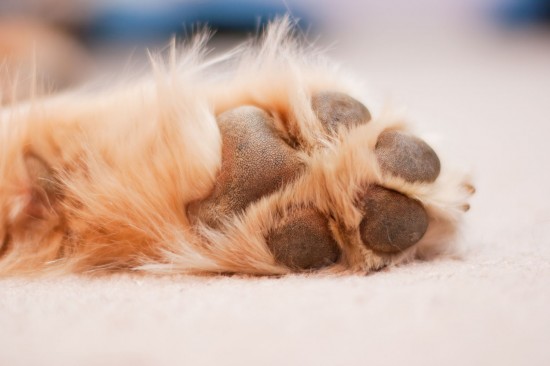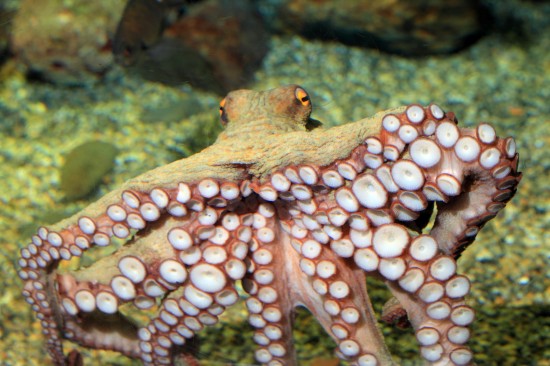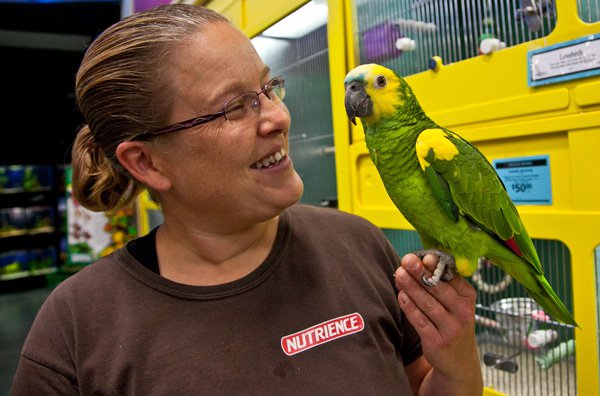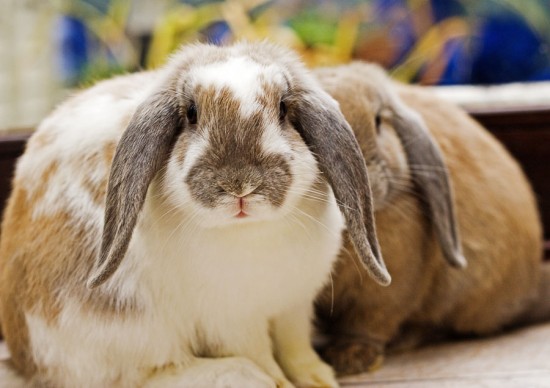
The Russian Dwarf Hamster is scientifically known as Phodopus sungorus. Russian dwarf hamsters could actually refer to three different species of dwarf hamsters. These are the Roboroski’s dwarf hamster, the White Russian dwarf hamster, and the Campbell’s Russian dwarf hamster. They are usually about 10-12 cm long. They have a lifespan of 1 or 2 years or longer. They are more active in the evening but more alert during the day compared to Syrian Hamsters.
The Roboroski dwarf hamsters actually originated in the desert dunes of Mongolia and some parts of the China. They have longer legs than the Campbells’s and White Winter dwarf hamsters. Their appearance is that of a brown colored coat and an undercoat of a slate grey.
The White dwarf hamster is the rarest of the three species of dwarf Russian hamsters. They are friendly. They change their colors during winter like becoming white so as to protect themselves from predators. Their dark grey color changes to white. They are also browner in color compared to those non-changing color breeds of hamsters. White dwarf hamsters are very interesting. Although they retain their camouflaging capabilities while in captive, their abilities are reduced depending on the indoor artificial lights they have been exposed to. They can be differentiated from albino hamsters because of their black eyes contrary to the pink eyes of albinos.
The Campbell’s Russian dwarf hamsters are also called Djungaria. They came from the Mongolian region named as such. These hamsters are the most seen in stores and quite popular. There have been a variety of colors of the Campbell’s hamsters because of the spur of creative breeding.
Dwarf Russian hamsters are more docile. They are very near sighted. The owner of dwarf Russian hamsters should talk to them first so they will become calmer and most likely won’t bite.
Although they are of different varieties, one thing they have in common is the amount of care they require. They are all hamsters, after all. They should be treated with care so that they too will behave. Do not mistreat them.
 Giant Schnauzers - Clip Or Strip?
Giant Schnauzers
Giant Schnauzers - Clip Or Strip?
Giant Schnauzers
 Canine Chiropody - Paw, Pad And Claw Injuries And How To Prevent Them
Canine Chiropody
Canine Chiropody - Paw, Pad And Claw Injuries And How To Prevent Them
Canine Chiropody
 Keeping An Octopus As An Aquarium Pet
Keeping An Octopu
Keeping An Octopus As An Aquarium Pet
Keeping An Octopu
 Keep Your Chickens Safe from Predators by Providing them with Chicken Runs
Keep Your Chickens Safe from Predators by Providing them w
Keep Your Chickens Safe from Predators by Providing them with Chicken Runs
Keep Your Chickens Safe from Predators by Providing them w
 So You Want To Keep Rabbits?
So You Want To Ke
So You Want To Keep Rabbits?
So You Want To Ke
Copyright © 2005-2016 Pet Information All Rights Reserved
Contact us: www162date@outlook.com